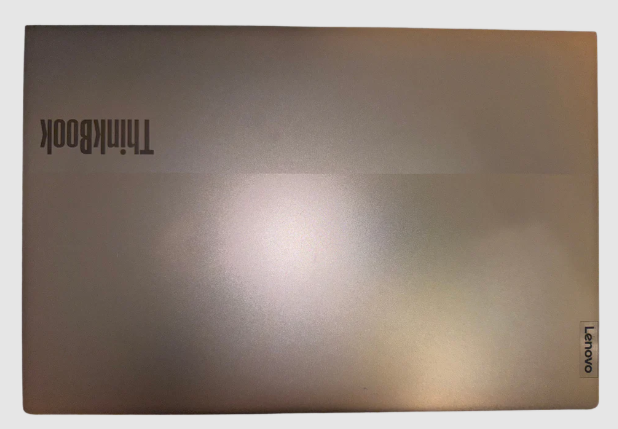
Malaysia’s export landscape continues to evolve, reflecting its dynamic economy and strategic trade relationships. In 2024, Malaysia’s total exports reached approximately $329.45 billion, marking a 5% increase from the previous year. This growth underscores the nation’s resilience and adaptability in the global market. Let’s delve into the Malaysia Exports by Country and the top products driving Malaysia’s export success.
Major Export Destinations
Understanding where Malaysia’s products are headed provides insight into its global trade strategy. Here’s a breakdown of the top countries importing Malaysian goods:
1. Singapore
-
Export Value: RM230.86 billion
-
Growth: 5.3% increase from 2023
Singapore remains Malaysia’s leading export partner, accounting for a significant portion of its total exports. Key exports include refined petroleum, electrical machinery, and electronic components.
2. China
-
Export Value: Approximately $2.39 billion in palm oil and related products
-
Trend: Despite a 5.3% decline in palm oil exports in 2024, palm kernel oil exports surged by 40%, driven by China’s oleochemical industry demand.
China is a vital market for Malaysia, especially for palm oil and electronic products. The country’s demand for palm-based products, particularly for industrial applications, continues to grow.
3. United States
-
Export Growth: 29.4% increase in December 2024, reaching record highs
-
Key Exports: Electrical and electronic products, machinery, and equipment
The U.S. market has shown robust growth, with significant demand for Malaysia’s high-tech exports, reflecting strong bilateral trade relations.
4. European Union (EU)
-
Export Value: RM10.52 billion in October 2024
-
Growth: 7.7% year-on-year increase
The EU is a significant trading partner, with notable growth in exports to countries like the Netherlands, Germany, and France. Key products include palm oil, processed food, and rubber products.
5. Japan
-
Export Trend: Decline of 7.4% in December 2024
-
Key Exports: Electrical machinery, chemicals, and rubber products
While exports to Japan have seen a slight decline, it remains an essential market for Malaysia’s industrial goods.
6. Thailand
-
Export Value: RM58.98 billion
-
Growth: 0.1% increase
Thailand is a crucial ASEAN partner, importing machinery, equipment, and petroleum products from Malaysia.
7. India
-
Key Exports: Palm oil, electrical resistors, and electronic components
India continues to be a significant market, especially for Malaysia’s palm oil and electronic products.
8. Indonesia
-
Export Value: RM54.40 billion
-
Growth: 6.9% increase
Indonesia’s demand for Malaysian machinery, equipment, and petroleum products has contributed to the growth in exports.
9. Vietnam
-
Export Value: RM53.86 billion
-
Growth: 3.6% increase
Vietnam imports a range of Malaysian products, including electrical machinery and petroleum products.
10. Philippines
-
Export Value: RM27.82 billion
-
Growth: 5.2% increase
The Philippines is an emerging market for Malaysia, with growing demand for machinery and processed food.
Top 10 Export Products of Malaysia (2024–25)
Malaysia’s export portfolio is diverse, encompassing various sectors. Here’s a detailed look at the top export products:
1. Electrical Machinery and Equipment (HS Code 85)
-
Export Value: $121.18 billion
-
Share: 36.78% of total exports
This category includes semiconductors, integrated circuits, and other electronic components, reflecting Malaysia’s strong electronics manufacturing sector.
2. Palm Oil and Palm-Based Products
-
Export Value: $12 billion
-
Share: 12% of total exports
Malaysia is one of the world’s leading exporters of palm oil, with significant markets in China, India, and the EU.
3. Petroleum Products
-
Export Value: $8 billion
-
Share: 8% of total exports
Refined petroleum remains a staple in Malaysia’s export economy, with major destinations including Singapore and the U.S.
4. Chemicals and Chemical Products
-
Export Value: Approximately $7 billion
-
Share: 7% of total exports
Malaysia exports a variety of chemical products, including industrial chemicals and fertilizers, to markets worldwide.
5. Liquefied Natural Gas (LNG)
-
Export Value: Approximately $6 billion
-
Share: 6% of total exports
LNG exports are a significant part of Malaysia’s energy sector, with key markets in Japan and South Korea.
6. Machinery and Equipment
-
Export Value: Approximately $5 billion
-
Share: 5% of total exports
This category includes industrial machinery and equipment, catering to various manufacturing sectors globally.
7. Optical and Scientific Equipment
-
Export Value: Approximately $4 billion
-
Share: 4% of total exports
Malaysia exports a range of optical instruments and scientific equipment, primarily to developed markets.
8. Metal Products
-
Export Value: Approximately $3 billion
-
Share: 3% of total exports
Metal products, including aluminum and steel, are exported to various countries, supporting construction and manufacturing industries.
9. Rubber Products
-
Export Value: Approximately $2 billion
-
Share: 2% of total exports
Malaysia is known for its high-quality rubber products, including medical gloves and automotive components.
10. Wood and Wood-Based Products
-
Export Value: Approximately $2 billion
-
Share: 2% of total exports
Wood products, such as furniture and plywood, are exported to markets in the U.S., EU, and Asia.
Conclusion
Malaysia’s export performance in 2024–25 showcases its robust and diversified economy. With strategic trade partnerships and a wide range of export products, Malaysia continues to strengthen its position in the global market. The country’s focus on high-value sectors, such as electronics and energy, combined with its traditional strengths in commodities like palm oil and rubber, ensures sustained growth and resilience in international trade.





